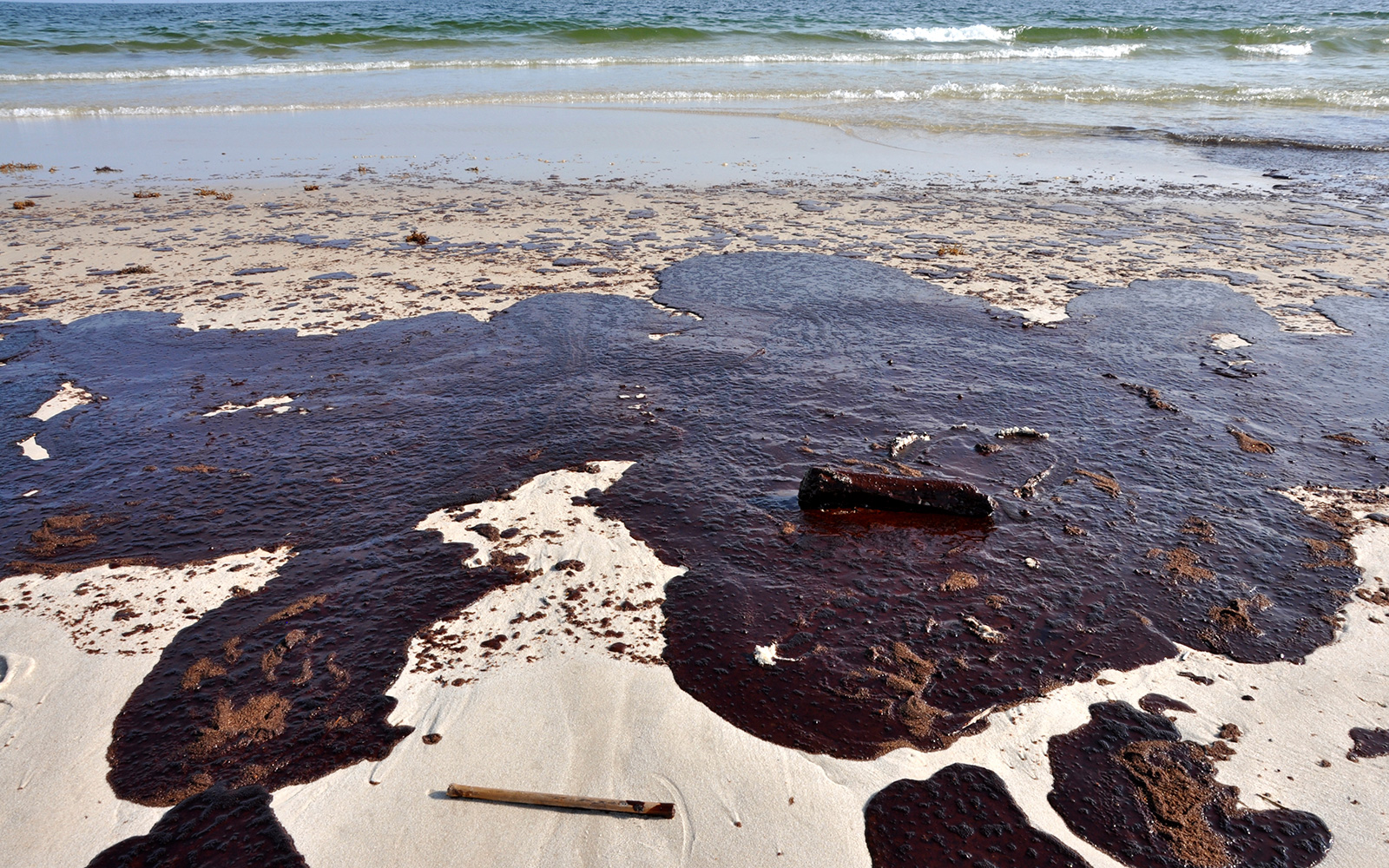Gulf Oil Spill Emergency Response

Project Brief
The Challenge
In 2010, the Deepwater Horizon mobile drilling unit exploded, resulting in the largest offshore oil spill in U.S. history—the release of over 130 million gallons of oil into northern Gulf of Mexico over the next 87 days. To evaluate the nature and extent of air emissions from the oil that deposited on and off shore, the U.S. Environmental Protection Agency set up a network to monitor air quality and immediately contacted ERG to provide technical support.
ERG's Solution
ERG fulfilled real-time emergency response needs by preparing sample media, assisting in sample collection, and conducting sample analysis on an expedited basis. We had staff and equipment in the field two days after the incident. ERG supported five EPA sampling sites, collecting samples on a daily basis for 120 days. ERG analyzed samples for air toxics, speciated nonmethane organic compounds, and semi-volatile organic compounds. EPA needed to make timely decisions, requiring samples to be collected, shipped, received, and analyzed daily. We reviewed and reported data within days of conducting the analyses.
Client
U.S. Environmental Protection Agency